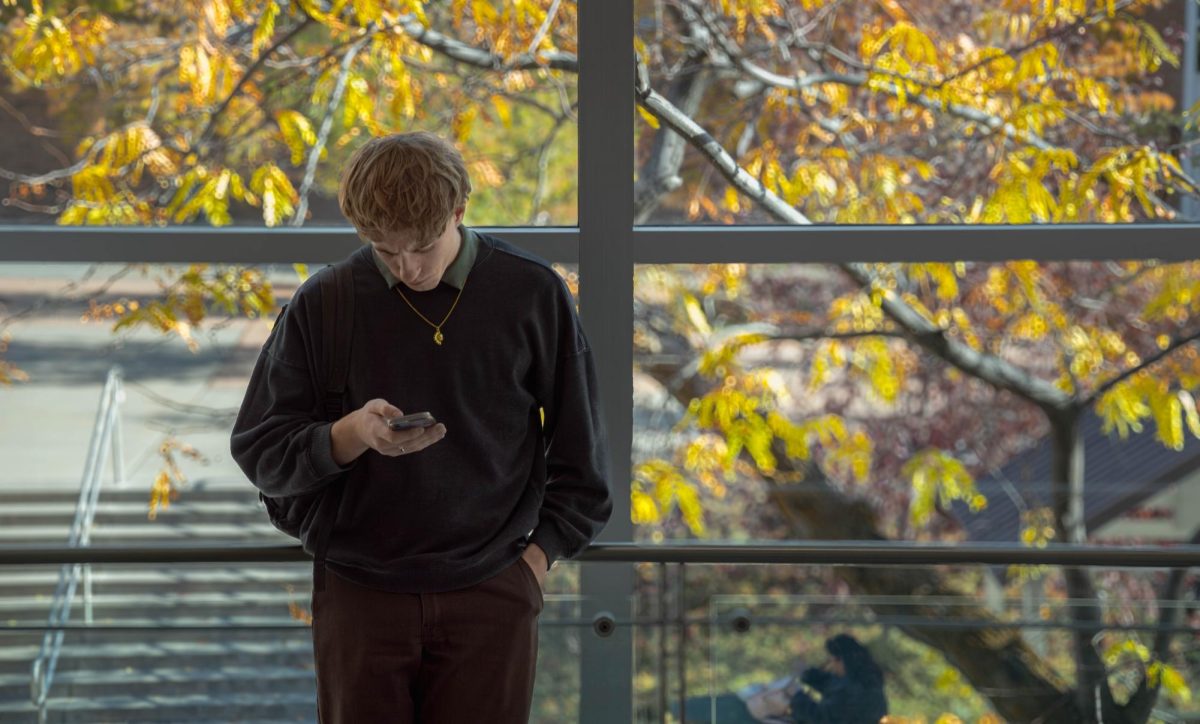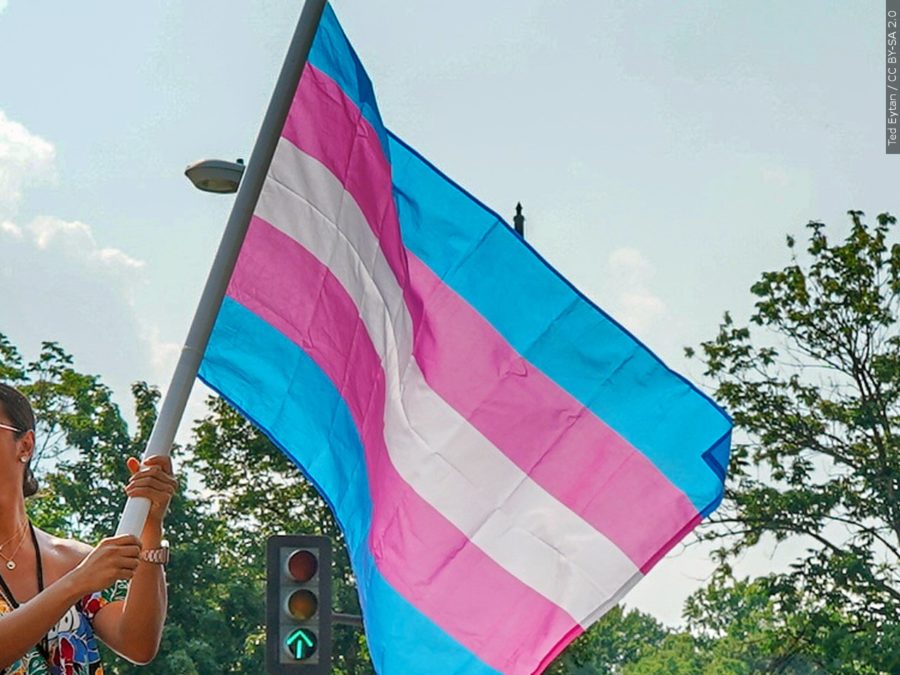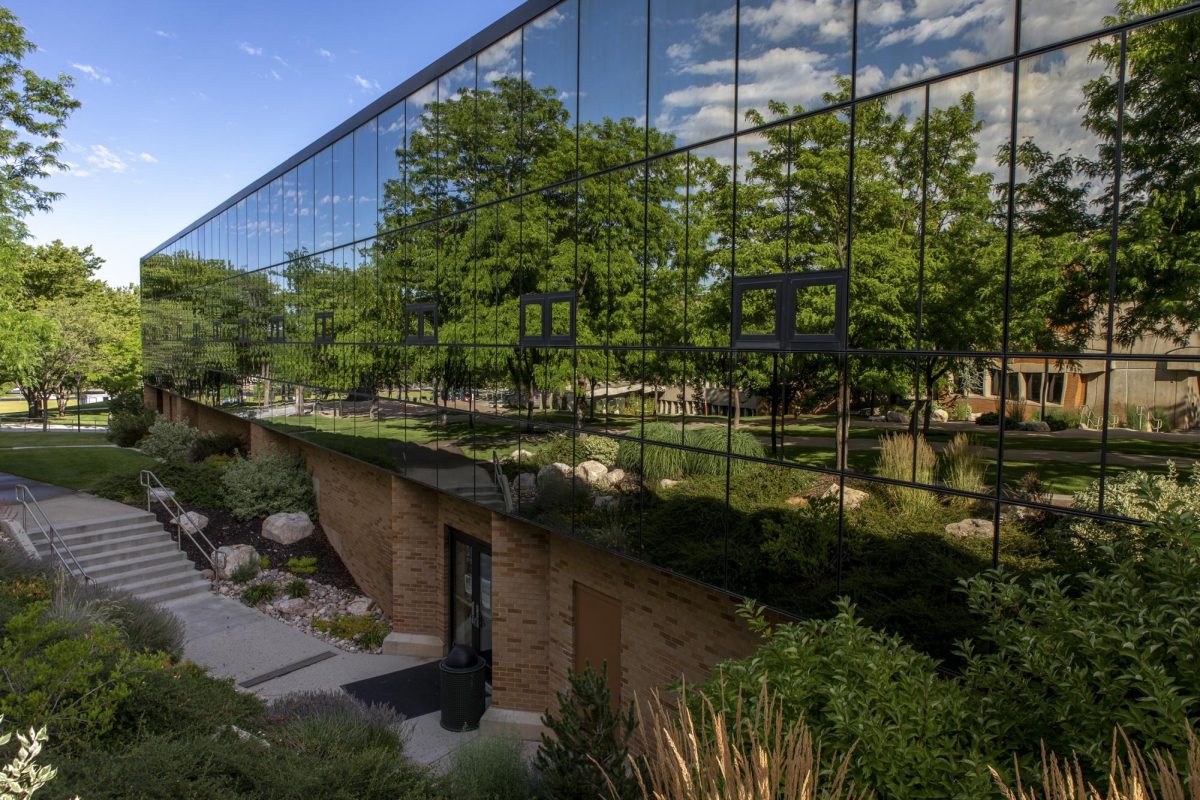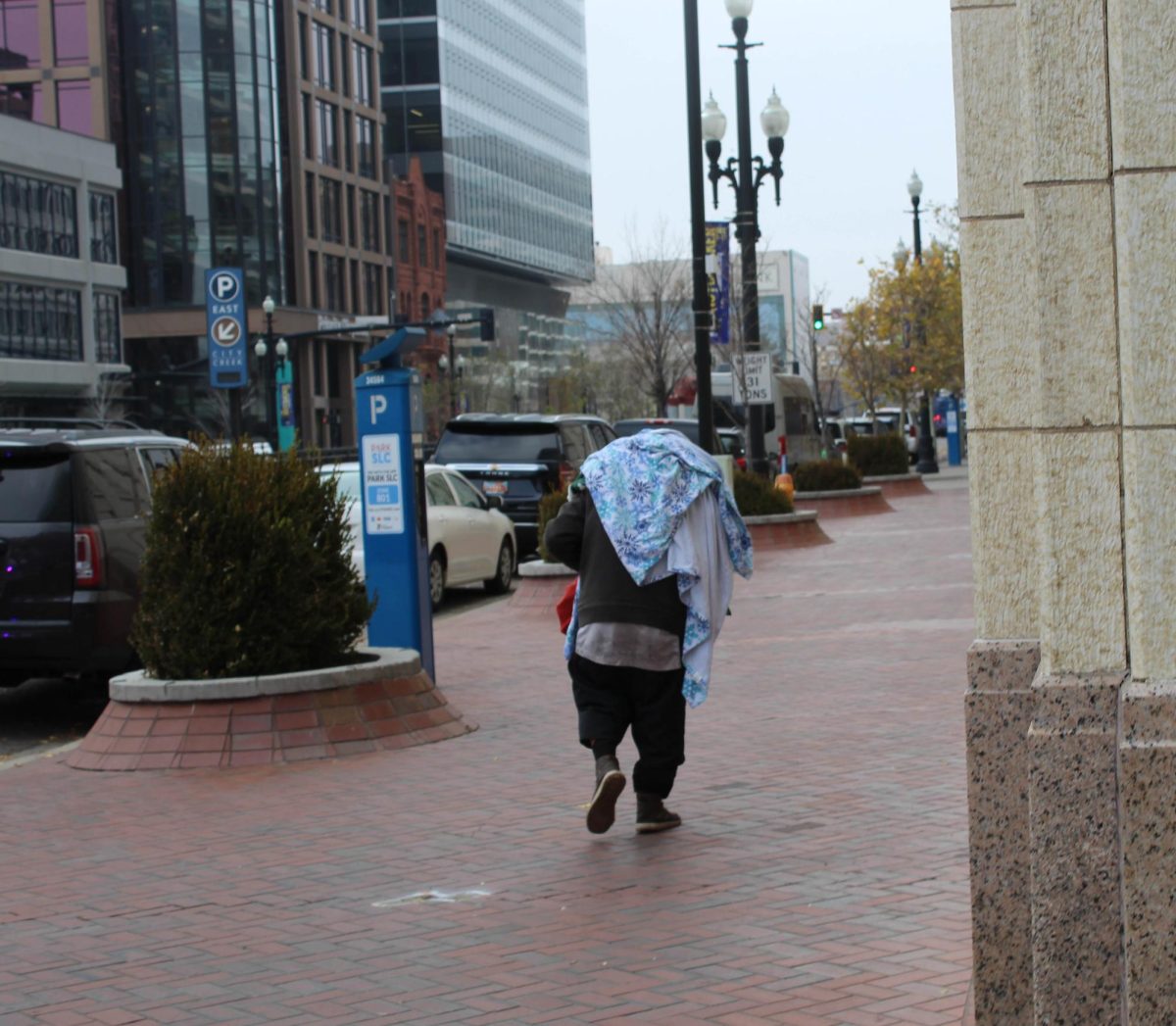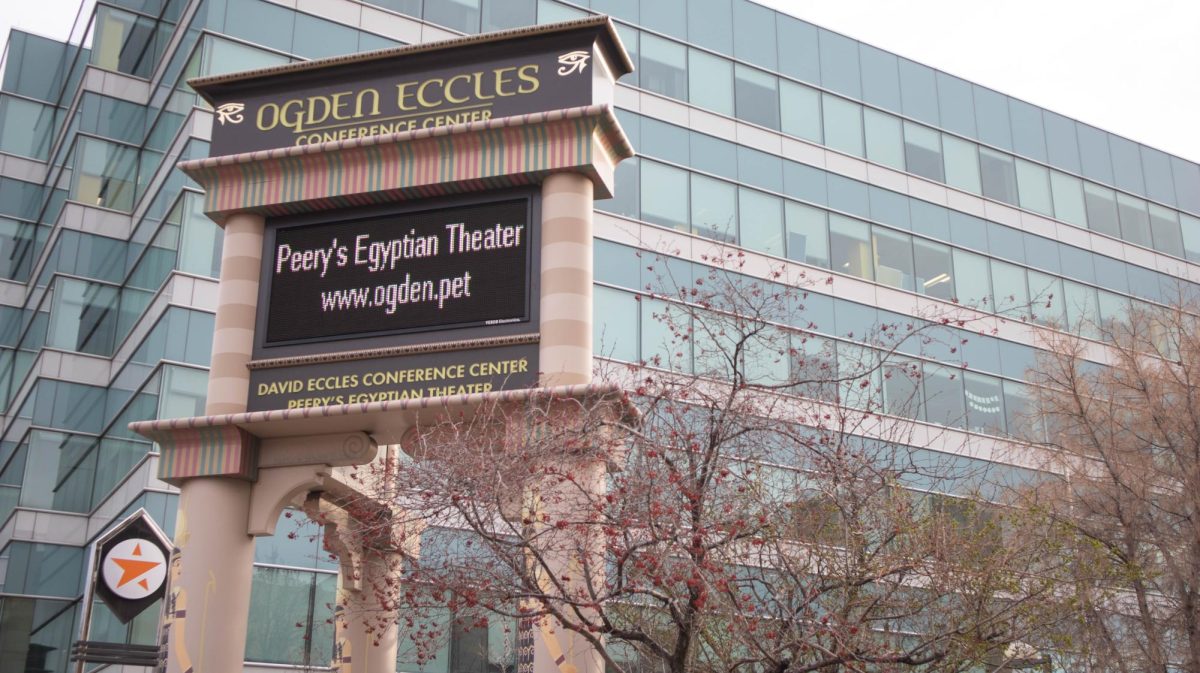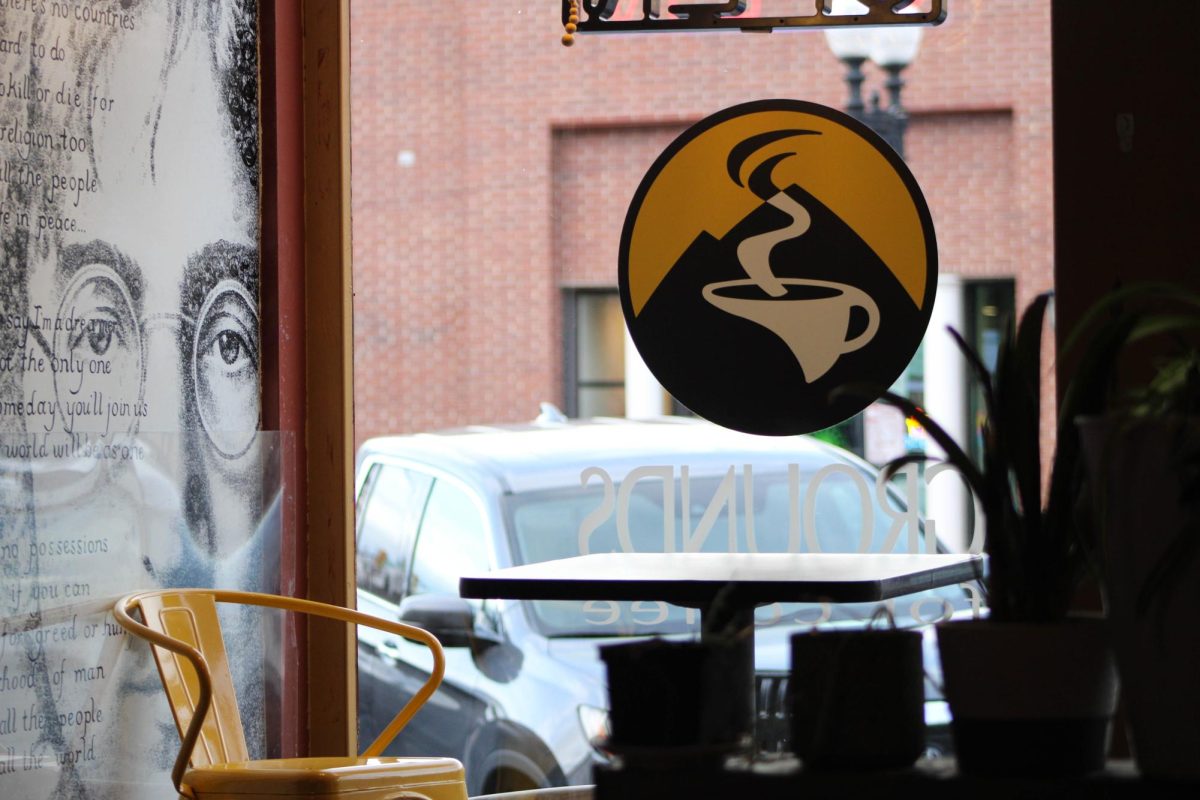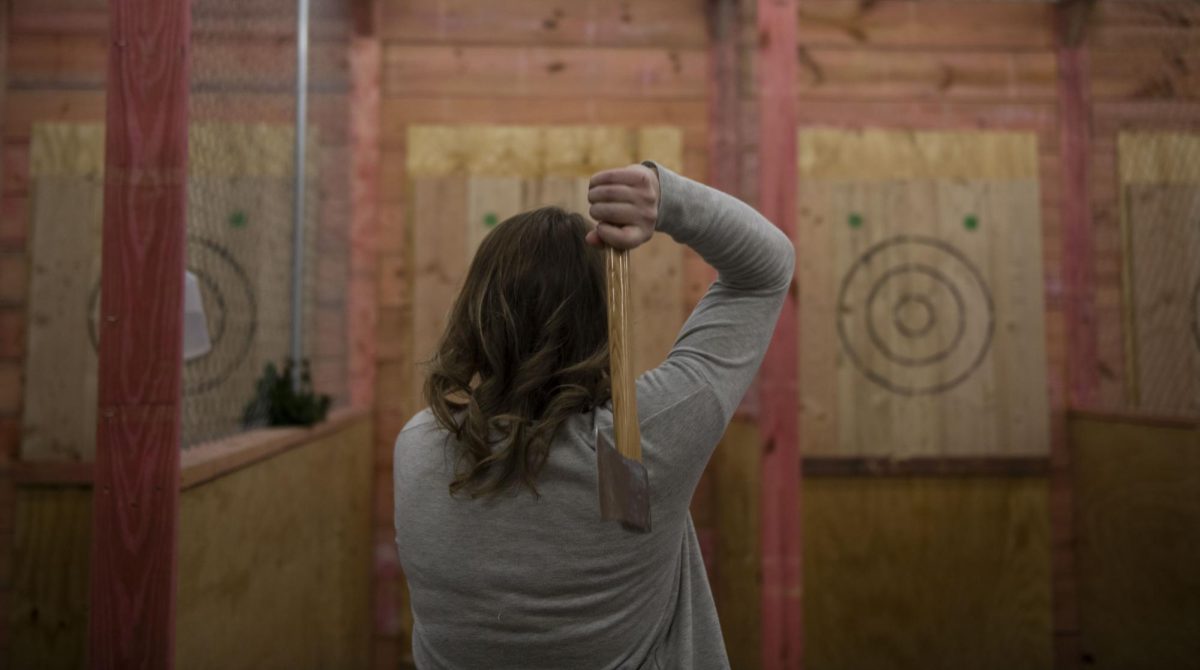
“Undergraduate research that we do on campus is absolutely key,” University of Utah Associate Vice President for Research Cynthia Furse said to open the 10th Annual Utah Conference on Undergraduate Research on Feb. 19
Even though Weber State University is a teaching, not research, institution, of the the 518 undergraduate students registered for the conference, 19 were from WSU.
The conference got underway with the first set of oral and poster presentations following the welcoming announcement. Students were divided into different rooms, each focusing on a different area of research, such as one set aside strictly for “Social Sciences, Humanities & Education.” However, even within these set areas of study, there was a multitude of distinct topics that the students presented.
Debra Fotheringham, a senior from Utah Valley University, presented on what the soldiers at Camp Floyd did for entertainment—drink, gamble and prostitutes—and the problems and necessary solutions that arose from this entertainment.
“My love for music and songwriting led me to look at the history of entertainment,” Fotheringham said of her Camp Floyd research.
In the same room, Kelsey Jetter, senior from Dixie State University, presented on her research, “The Liminal Gutter: The Literary Impact of Memoir Graphic Narratives,” in which she focused on the literary importance of the graphic narratives, “Maus” (1980) by Art Spiegelman, “Persepolis” (2000) by Marjane Satrapi and “Fun Home” (2006) by Alison Bechdel.
The keynote speaker at the event was Shelley Minteer, professor of chemistry at University of Utah. Although a well-recognized professor, she began her keynote speech how most students in attendance did: with a problem that she hoped to tackle.
“My research is in the area of alternative energy, so I am going to tell you a little bit about the role of undergraduates in my research,” she said. “So first, I’ll kind of introduce the problem to you and then talk about the role over the past 15 to 16 years that undergraduates have had in my research lab … At the time, I was learning biology, and I had a bunch of undergraduate students who were interested in biological applications (for fuel cells), but I had a bunch of graduate students who weren’t interested in biological applications at all.”
Despite not having a single graduate student who wanted to take on the new research, Minteer decided to move forward with the study with the help of her undergraduate students. Sixteen years later, Minteer’s lab strictly focuses on biological fuel cells.
There was little time for breaks during the nine-hour conference. Box lunches were handed out while those who would be presenting for session two of the oral and poster presentations headed to their designated rooms.
One of the poster presenters was Ashli Hunter, a junior at Utah State University. Her presentation focused on the effect of tart cherries on colon cancer in an optimal diet and a western diet. In the optimal diet, there was a positive correlation — the cherries lowered the prevalence of colon cancer — while in the western diet, there was no correlation.
A second presentation was from Amanda Howa, a senior from Westminster College, presenting her poster “Where Fantasy Meets Reality: Commercial Sex Work in the 21st Century.”
In her research, she analyzed “Yelp for prostitutes” to find the means that people, particularly in Utah, seek out prostitutes.
“Salt Lake City is one of the biggest cities (for prostitution) in the country,” she said. She found that most prostitution has moved away from the streets and is now online.
The event wound down with two small breakout sessions for those who wanted to attend, one on “Preparing for Graduate School” and another on “Preparing for Medical School.” At the same time as these events were the final posters and oral presentations.
To be completely transparent, the writer of this student attended and presented at this event.




